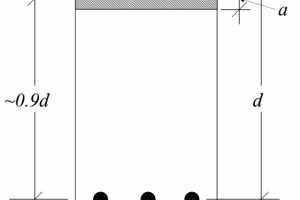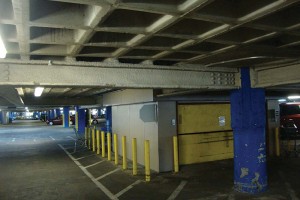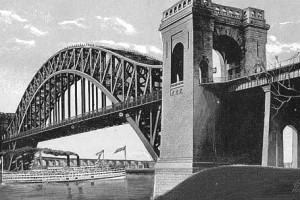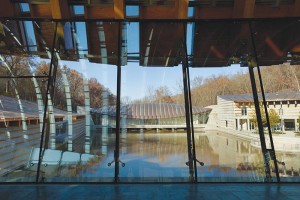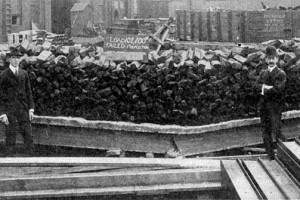If you are like me, you emerged from your collegiate experience with a broad array of fundamental tools in structural design that, hopefully, armed you adequately for your chosen career. I recall finishing my bachelor’s degree and having a skill set that, in retrospect, might be described as “barely sufficient”. With this statement, I do not mean to diminish the quality of my education, nor the dedication or expertise of excellent professors. …
Review Category : Articles
Structural Forum is intended to stimulate thoughtful dialogue and debate among structural engineers and other participants in the design and construction process. Any opinions expressed in Structural Forum are those of the author(s) and do not necessarily reflect the views of NCSEA, CASE, SEI, C3Ink, or the STRUCTURE® magazine Editorial Board.
In my February column, I challenged engineers to think about the culture of structural engineering. The workplace that I described is now one where about half the engineers are women, but the gendered culture of engineering is still not extinct. …
Fatigue specifications for the design of new, and evaluation of existing, highway bridges are provided by AASHTO in the LRFD Bridge Design Specifications (LRFD) and the Manual for Bridge Evaluation (MBE), respectively. Recently published NCHRP Report 721 Fatigue Evaluation of Steel Bridges contains the latest developments in fatigue evaluation of existing bridges.
Steel fatigue refers to localized damages caused by cyclic stresses of nominal magnitudes well below the static yield strength of the steel. Fatigue damage on steel bridges has been categorized as either load-induced or distortion-induced. Load-induced fatigue is due to the primary in-plane stresses in the steel plates that comprise bridge member cross-sections. …
From Planning to Completion
It is not unusual to create an opening in existing floors during building renovations and alterations. A new opening may be used for stairs, an elevator shaft, a duct penetration, skylights, etc. In order to execute a feasible modification and maintain the existing building’s structural stability, a qualified structural engineer should be involved during the initial planning phase. …
Ammann was born on March 26, 1879, in Schaffhausen, Switzerland, the home of the famous 18th century Grubenman wooden bridge. His family was of moderate means with his father in manufacturing and his mother in hat making. At an early age he showed an aptitude for mathematics and began studying for a civil engineering degree at the Polytechnikum in Zürich, Switzerland. He graduated in 1902. …
Buro Happold Consulting Engineers, PC was an Outstanding Award Winner for the Crystal Bridges Museum of American Art project in the 2012 NCSEA Annual Excellence in Structural Engineering awards program (Category – New Buildings over $100 Million) …
Disputes over payment are seldom pleasant. They can be particularly unpleasant when a client claims that the work was in some way deficient or less than what was required by its contract, and refuses to pay the full amount of the contract. If the amount in question is large and the claim is unjustified, it may be worth taking legal action. Unless the client can prove that the work was less than what was contracted for, refusal to pay the contract price constitutes a material breach of contract. …
Could Socrates help us understand how structural engineering knowledge is attained? We know from his actions, and through Plato’s writings, that he is clearly able to help us understand the importance of a liberal education. How does this translate to engineering education? For Socrates, education within any classroom needs to foster freedom and inquiry. …
I am sure you have seen a gaggle of geese flying in a “V” formation. The lead goose creates an “aerodynamic draft” for the other geese in the flight enabling them to fly farther. He expends his energy fighting headwinds to create the draft while the other geese in the flight honk, encouraging the lead goose along their journey. From time to time the lead goose will fall back into the “V” and honk to encourage another goose taking the lead position. …
Why it Almost Mattered
At the time of this writing, a vacant former bakery is standing for a few more days at the corner of Fifth Street North and Seventh Avenue North, just outside of the official boundary of the local and national historic Warehouse District of Minneapolis, Minnesota. The building is typical of others in the area: a one- to three-story utilitarian structure with little architectural ornamentation and several additions. …

